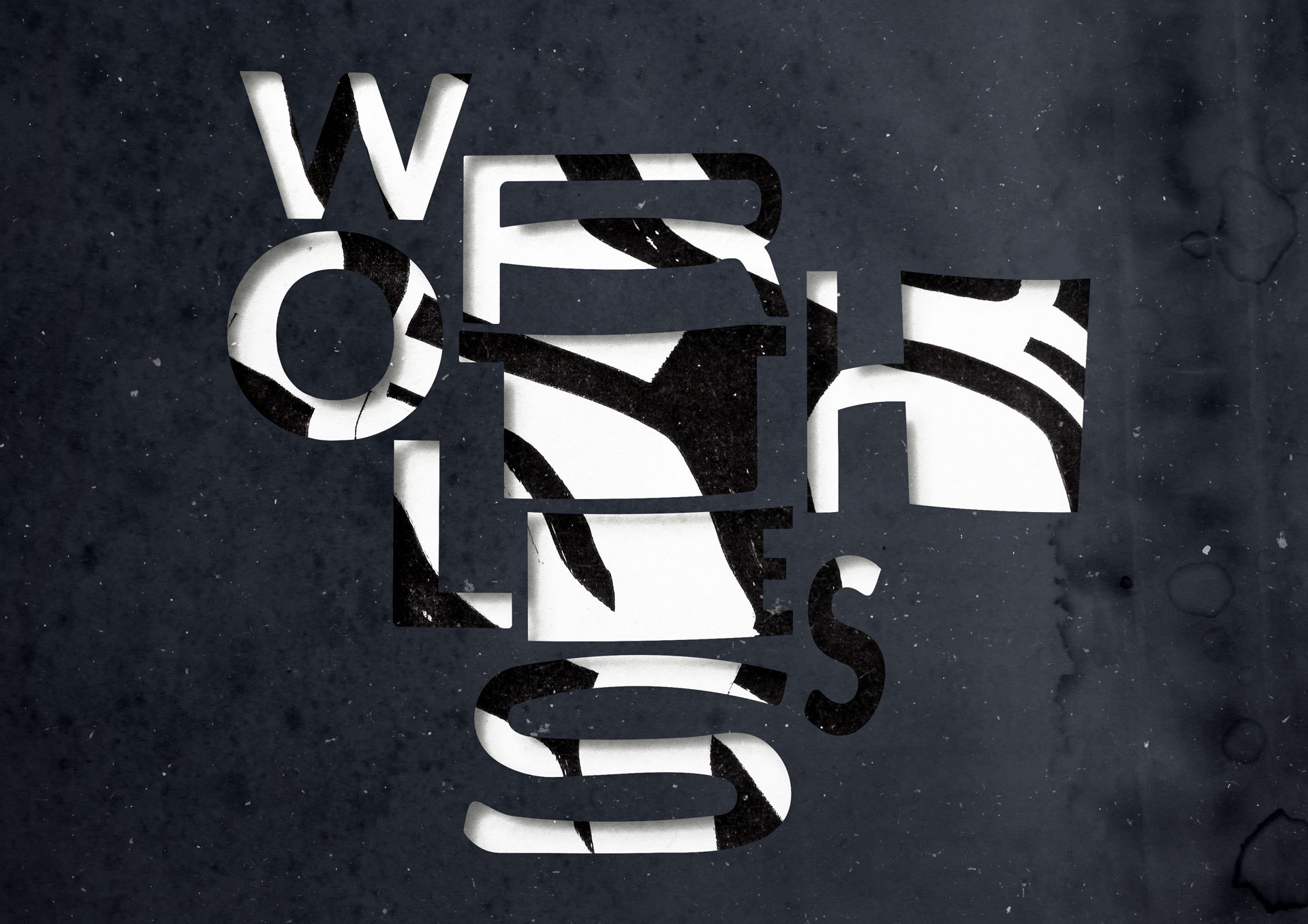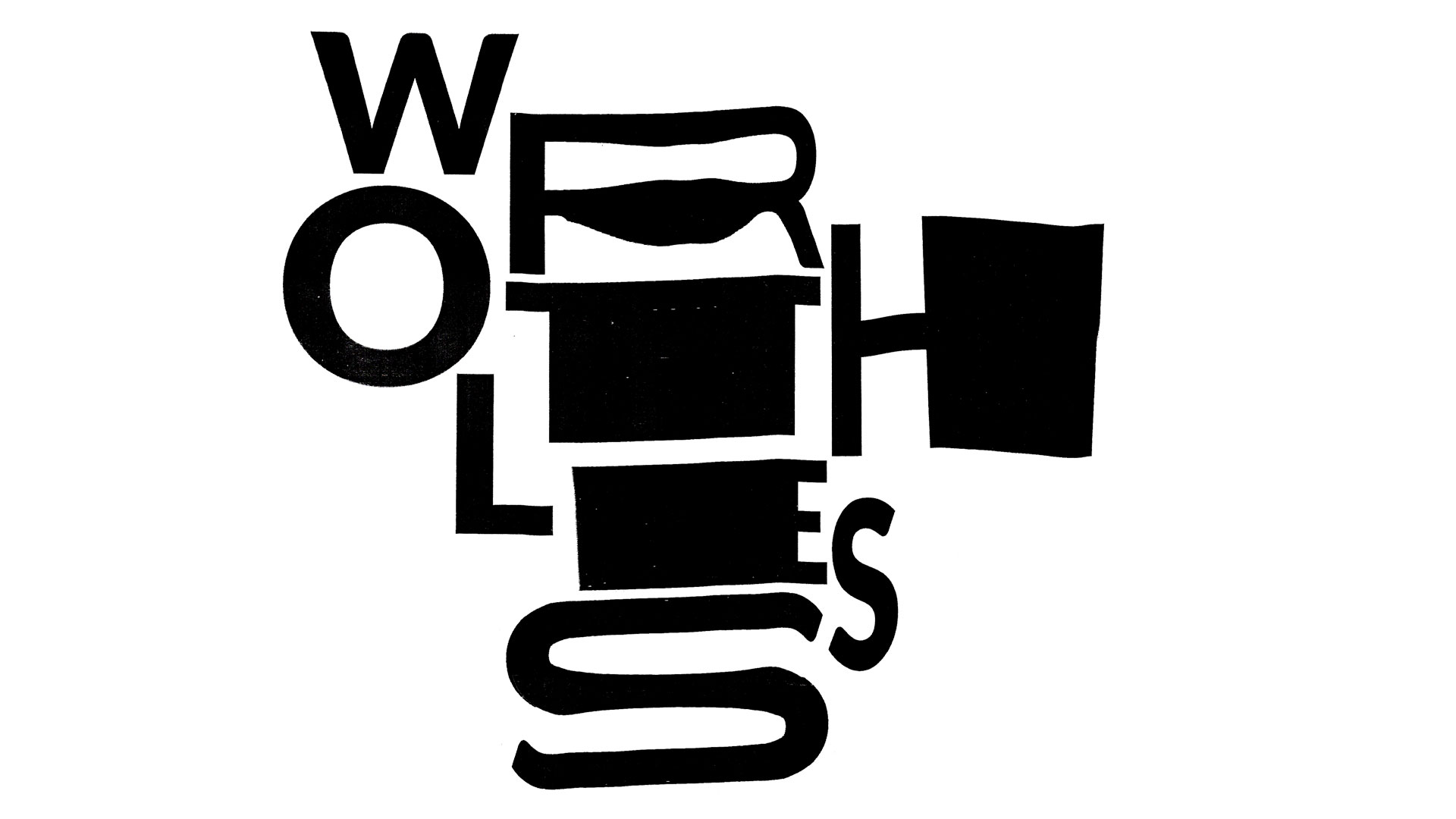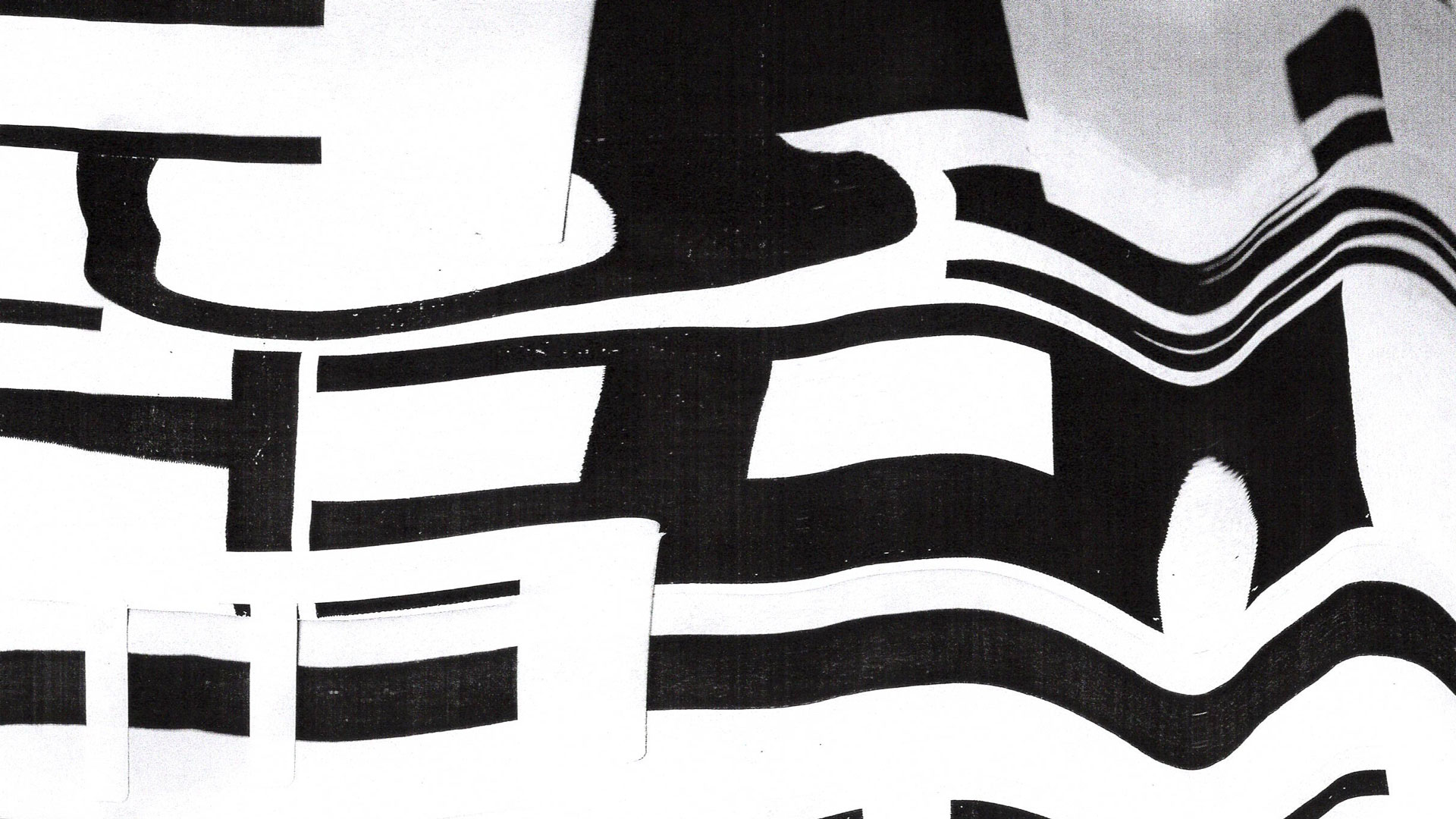


In the UK, there is a push to focus on STEM-based subjects, such as science, engineering, and maths, within education.
Though this may seem like a recent drive, the UK government has pushed this since 2002, with a report highlighting that improvements to science and maths education were crucial to the economy and future research Roberts (2002) .
With recent government funding cuts of 50% to arts subjects in higher education (Weale, 2021) , some may argue that this demonstrates that creative subjects lack worth. The subjects with the most funding may be perceived as having more value to society.
However, the creative and cultural industries provide employment opportunities and support the economy.
The Creative Industries Council (2022) reported that, "The UK had an estimated 2.29m creative industries jobs in the year to September 2021", made from a mix of permanent roles and self-employed roles. Recent research also highlights that film production in the UK has been "increasing over the past decade" (Social Films, 2023) , showcasing the value that the public places on entertainment and culture.
Additionally, STEM and creativity do not need to be seen as separate or competing disciplines. Some argue that there should be a practice of STEAM, embedding arts alongside technical subjects. Marr (2020) explains that there's a fourth industrial revolution, and new jobs and careers will need both technical and creative thinking.
As new technology and products emerge, multidisciplinary teams will need to work together to problem solve and create designs that are accessible for all.
In Adobe Illustrator, a typographic composition was created. This was then printed, with the print then moved around on a scanner to produce a distorted, warped effect. After a number of attempts, a scanograph was selected. The letters in the middle of the composition - R, T, H, and E - have stretched, becoming almost bloated and wide. The typographic scanograph was re-digitized and refined in a vector format using Adobe Illustrator.


By cutting up typographic compositions, scanographs, and stencil cut-outs of the word 'Worthless', a collage was created. The piece has a sense of chaos, making the word and letters difficult to see. No textured papers have been used in the collage, so each element has a strong contrast.
The Worthless collage was moved around on the scanner, producing a distorted scanograph. The wide letters of the type have become even wider and stretched, looking more like abstract patterns and shapes than type. Though the original collage felt geometric, the scanograph has more organic forms and blurriness.


Digitally, the type and scanograph collage were brought together. The final digital stencil graphic, Design is Worthless, uses paper textures to add grain and a tactile feel. The type almost disappears, reflecting how negative perceptions or myths about design can be refuted.